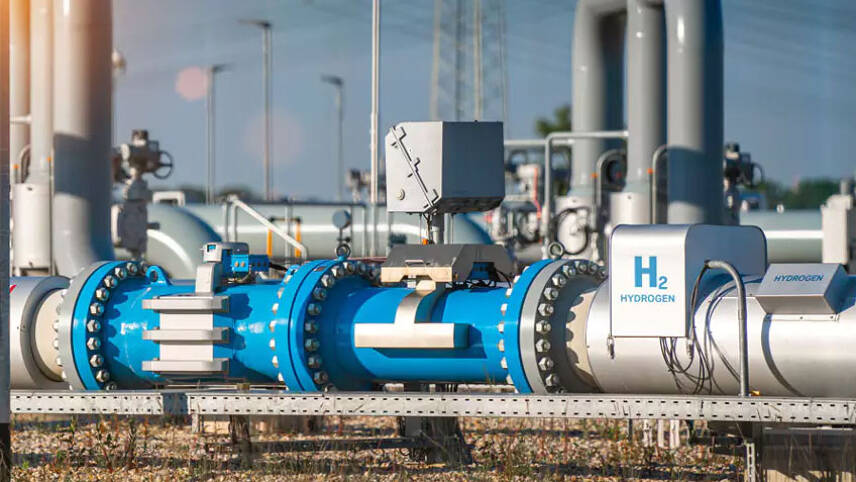Register for free and continue reading
Join our growing army of changemakers and get unlimited access to our premium content

The Partnership, which convenes chief executives from carbon-intensive industries with key stakeholders from across their value chains, has established a new Transatlantic Clean Hydrogen Trade Coalition in a bid to achieve this milestone.
The intention is to connect European industrial fuel consumers looking at hydrogen switching with a supply of low-carbon fuel from North America.
More than 20 organisations have joined the Coalition so far, including the Port of Rotterdam, which will likely receive the first shipment of US-made green hydrogen. Other supporters include OCI, Shell and Ambient Fuels.
Beyond the first landmark shipment, the ambition for the Coalition is to enable the trade of millions of metric tonnes of hydrogen. The EU notably believes it will need to import 10 million metric tonnes of green hydrogen annually from 2030 to meet its decarbonisation goals in industry and transport.
“Producers from the US Gulf Coast are expected to be among the most cost-competitive clean hydrogen exporters to Europe, given the region’s world-class ports, existing energy infrastructure networks, access to specialized labor, and other strategic advantages,” said the Mission Possible Partnership in a statement.
Coalition members will jointly develop and share in-depth analyses of regulatory and infrastructure requirements, plus data enabling the suppliers and buyers of clean hydrogen internationally to match demand. Systemiq and Power 2X will assist with this workstream.
Mission Possible Partnership co-chair Chad Holliday said: “The capacity to import relatively cheap clean hydrogen from the US to complement local production will have a direct and significant impact on the European industry’s efforts to deploy clean production processes at scale, including in the fertilizer, steel, and shipping sectors.
“More broadly, it underscores the potential of targeted coalitions to overcome the critical next stage challenges to operationalizing net-zero commitments.”
Government support
Green hydrogen production in the US is being buoyed by the Inflation Reduction Act (IRA), which provides significant investment tax credits and production tax credits for the developers of projects able to produce hydrogen with a lifecycle carbon footprint of less than 4kg of CO2e per kg of hydrogen. Up to $3 of benefit per kg of hydrogen is on the table.
By some estimates, each kg ‘grey’ (fossil-based) hydrogen typically has a lifecycle carbon footprint exceeding 10kg of CO2e.
The EU is implementing its own response to the IRA in the form of the Green Deal Industrial Plan. It will not be able to outspend the US but will nonetheless allocate billions of euros for the domestic scaling of low-carbon sectors and supply chains including wind and solar.
The International Energy Agency revealed last month that electrolyser capacity for green hydrogen production is likely to exceed 2Gw by the end of 2023. This would mark a year-on-year tripling in capacity. Most of capacity at present is concentrated in China.
Related article: How can Europe super-charge the delivery of its green hydrogen vision?


A step in the right direction, but when will green hydrogen be produced in the country of consumption?
Their definition of “clean” hydrogen may not be yours. It has to be made from renewable energy not by reformatting natural gas. If is coming from the gulf I suspect it will be from reformed gas.